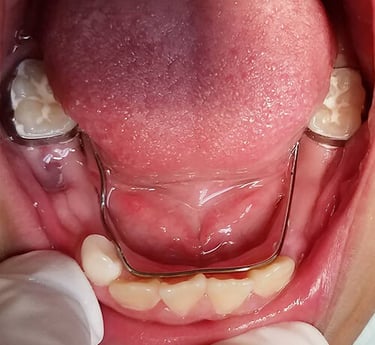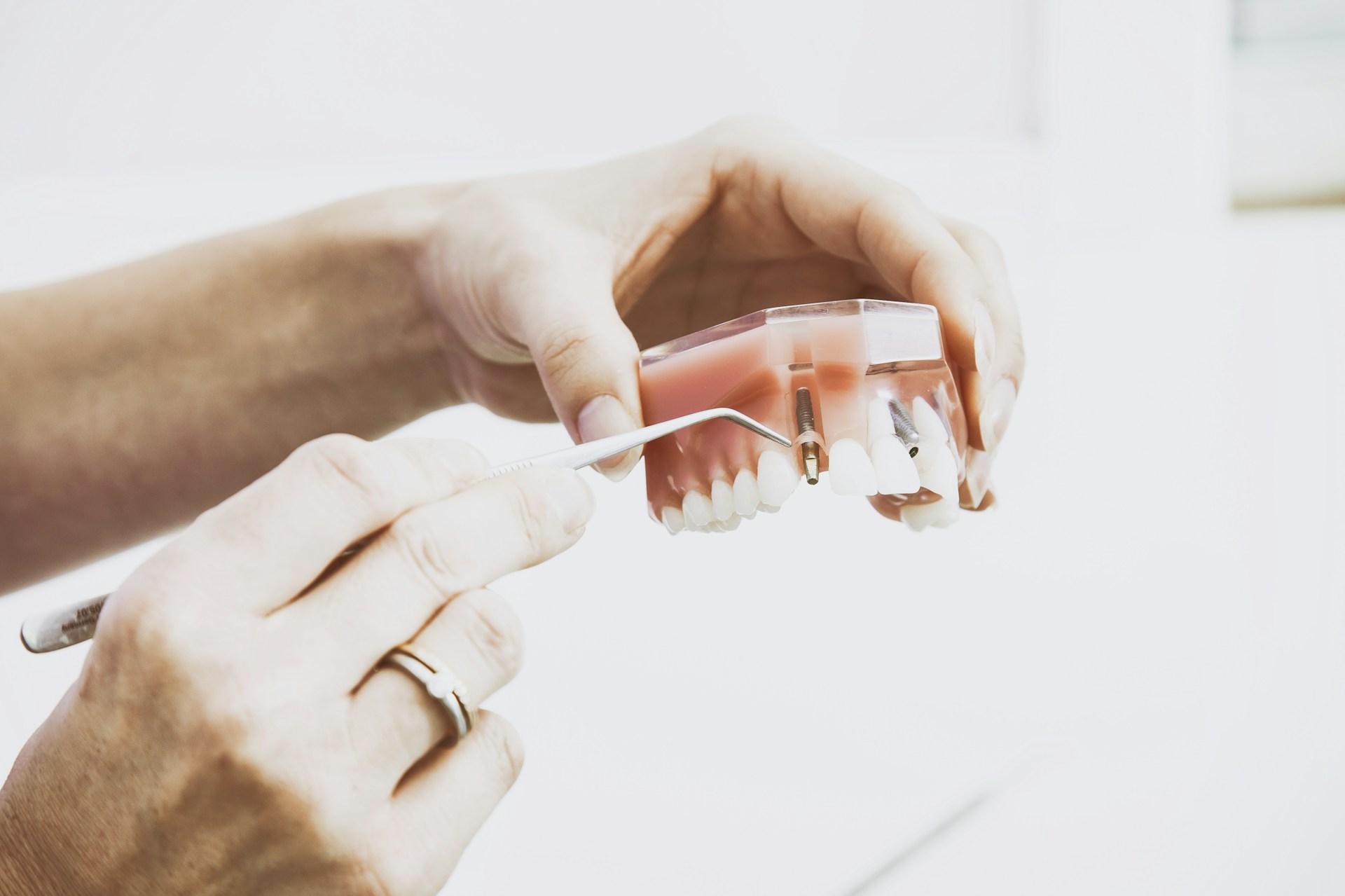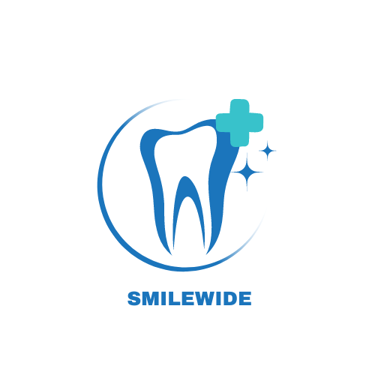SMILE- It costs nothing !!!
Tooth Space Maintainers for Children's Dental Health
Tooth space maintainers are vital dental devices that help preserve space for permanent teeth in children. Learn how they prevent misalignment and support healthy oral development for your child's future smile.
12/3/2024


Tooth Space Maintainer
When it comes to ensuring proper dental alignment and avoiding orthodontic issues in children, tooth space maintainers play a crucial role.
They are especially significant in pediatric dentistry, helping preserve space for permanent teeth after premature loss of primary teeth.
What Is a Tooth Space Maintainer?
A tooth space maintainer is a dental appliance used to hold open the space left by a missing tooth.
It ensures that adjacent teeth don’t shift into the empty space, which could block the eruption of permanent teeth.
These devices are particularly common in pediatric dentistry, where early tooth loss is more frequent due to decay, trauma, or extraction.
Related : Effective treatments for midline diastema
Why Are Space Maintainers Important?
When a primary tooth is lost too early, it disrupts the natural alignment of teeth. This can lead to issues such as:
Crowding of permanent teeth.
Misalignment requiring orthodontic treatment.
Improper jaw development.
By using a tooth space maintainer, dentists can guide the eruption of permanent teeth, reducing the need for more invasive treatments later.
Related : Invisalign aligner care
Types of Space Maintainers
There are several classifications based on design and application. Let’s explore the common space maintainer classifications:
1. Fixed Space Maintainers
Band and Loop Space Maintainer: This is one of the most commonly used types.
It consists of a metal band fitted around an adjacent tooth and a loop that spans the empty space.
Indications for Band and Loop Space Maintainer:
Single tooth loss in children.
Maintaining space for permanent molars or incisors.
Crown and Loop Space Maintainer: Similar to the band and loop but incorporates a crown for additional strength.
2. Removable Space Maintainers
These appliances are similar to retainers and can be removed for cleaning.
Removable space maintainers are often used in older children who can manage them responsibly.
3. Lingual Arch Space Maintainer
A fixed device used when multiple teeth are missing in the lower jaw. It connects to molars on either side to maintain space.
4. Distal Shoe Space Maintainer
Used when a molar is lost before the permanent tooth erupts. This type requires careful monitoring as it guides the eruption process.
Space Maintainers in Pediatric Dentistry
In pediatric dentistry, the timely use of space maintainers can prevent extensive orthodontic treatment.
Dentists assess the child’s oral health, tooth eruption patterns, and jaw development before recommending a suitable space maintainer classification.
When Is a Tooth Space Maintainer Needed?
Premature loss of primary teeth.
Trauma resulting in tooth extraction.
Congenital absence of a tooth.
Prevention of shifting teeth in growing children.
Care and Maintenance of Tooth Space Maintainers
Proper care ensures the effectiveness and longevity of the appliance. Here are some tips:
Maintain good oral hygiene by brushing and flossing around the appliance.
Avoid sticky or hard foods that might damage the maintainer.
Regular dental check-ups to monitor the appliance and adjust as necessary.
Advantages of Using a Tooth Space Maintainer
Prevents misalignment of permanent teeth.
Reduces the need for orthodontic treatments.
Guides proper jaw and dental arch development.
Ensures better oral health outcomes in the long term.
Ensuring proper care and timely intervention can save children from complex dental issues in the future.
For parents, staying informed about space maintainers and their importance can help make the best decisions for your child’s oral health.
If you suspect your child needs one, consult your dentist today to explore the best options.

Contact Smiles
drdeepi15@gmail.com
Dr. Deepika B.D.S
© 2025 SmileWide Dental. All Rights Reserved.
Have doubts ..?
